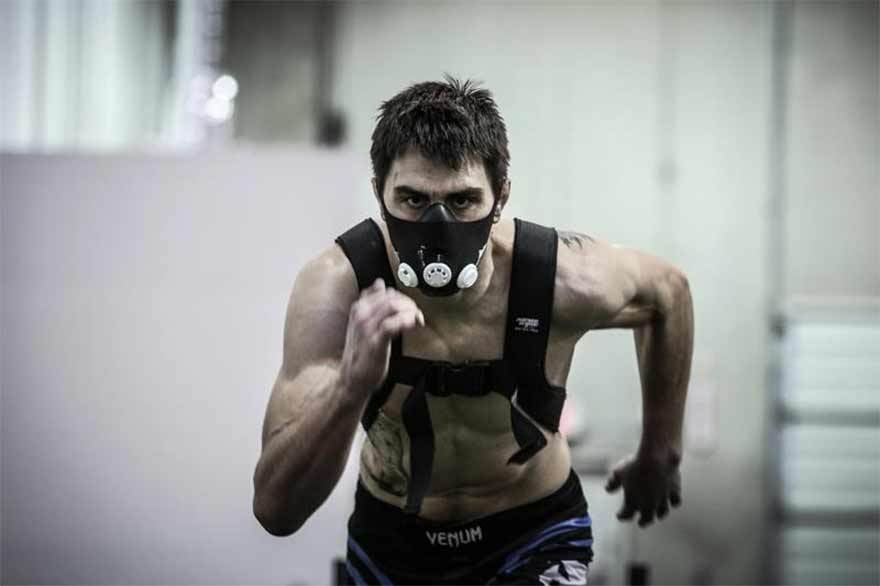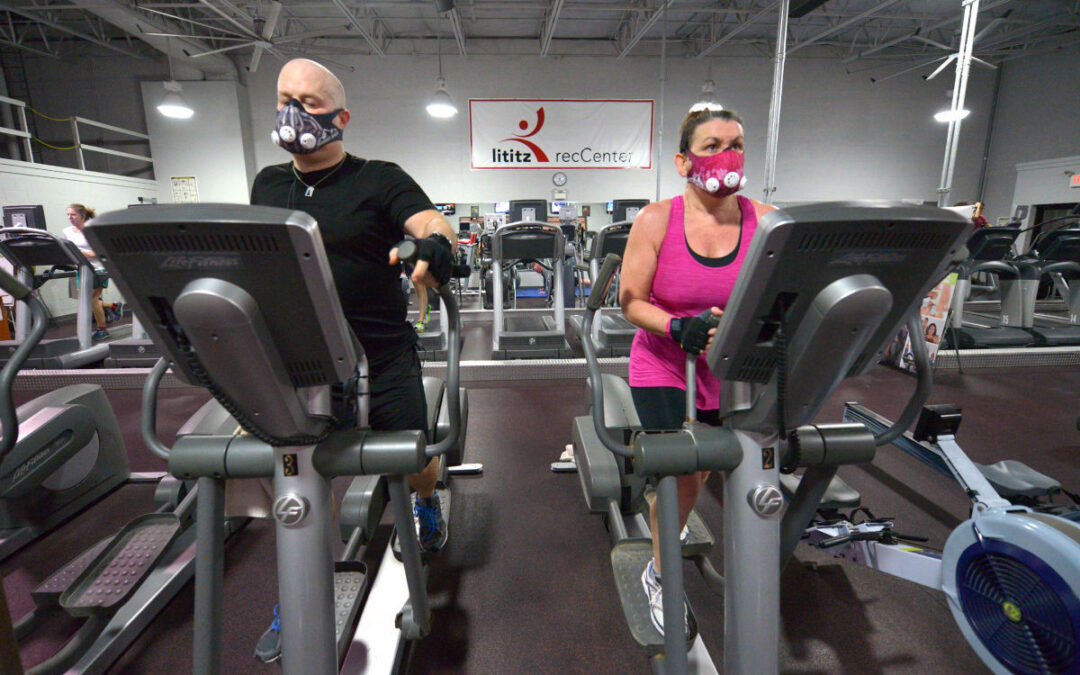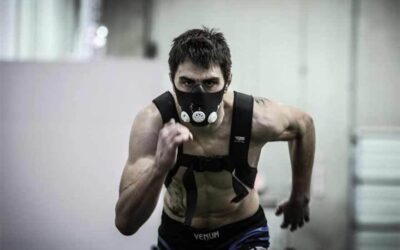For ages, scientists have known how important the delivery of oxygen is for athletes to perform well. Your lungs need to have a high ventrilatory capacity in order for your body to make good use of the O2 intake. All of your muscles and cells throughout your body are craving extra O2 during a high intensity workout. They demand it to support your physical exertion and produce power output. Oxygen plays a major role in any physical activity, but so does CO2 as we are about to see.
What Is CO2 Tolerance
Did you know that the primary reason why we feel the need to take a breath is the carbon-dioxide (CO2) level inside our bodies? We actually have little sensors in our bodies with constantly monitor the CO2 level fluctuations that trigger inhales whenever the CO2 goes over a specific threshold – or go over the so called CO2 tolerance level.
Our body is built to be much more sensitive to variations in CO2 levels rather than O2 variations. So, the issue here is not necessarily the level of O2 inside our body, but how we can increase our tolerance to higher levels of CO2.
Why it is important for an athlete to increase he’s or she’s tolerance to CO2? When we train and start using our muscles, our heart rate will go up and the metabolic activity will start increasing. An increased metabolic activity will generate more and more CO2 which is released into the body.
If your tolerance to CO2 level is low, you start to breath rapidly even when performing moderate or low intensity activities. That is why beginners who just started running need to catch their breath often. They need to get rid of the CO2 which builds up inside their body.
However, if you are able to tolerate a high amount of CO2 in the blood, your breathing will be lighter, which ultimately translates into better performance.
How To Improve CO2 Tolerance
The traditional way of improving your tolerance to CO2 is by incorporate high intensity exercises in your routine. This can be indoor cycling, sprints or HIIT sessions. Anything that will get your heart rate up to 85% of your maximum will do the job. The downslide of the improving tolerance without the assistance of training equipment is that it can take a long time and a lot of energy to reach this level on your own.
A more efficient way of developing your stamina by boosting your CO2 tolerance level is to use the Training Mask whenever you are exercising. It can be on your high intensity activities, but it can also be on moderate activities. To target your proper heart rate level you can adjust the air resistance setting.
There are two primary reasons using Training Mask will build up the CO2 level in your blood much faster.
First, it will be harder for you to inhale than you would under normal conditions. The air resistance added by the Training Mask will force your lungs to take deeper and stronger breaths while you are already performing a demanding physical activity. This happens because of the high CO2 concentration in the blood.
The second way in which the Training Mask helps is by increasing the CO2 intake. As you know, the air we breathe already has a specific level of CO2 in it. The Training Mask increases the CO2 concentration of the air you breathe by using a specially designed device called the re-breather. When you are exhaling into the Training Mask, the re-breather does not allow the CO2 you exhaled to quickly dissipate into the air as it would if you were not using the Training Mask. So when you breathe in again you will actually inhale air with a higher CO2 concentration than normal.
This will increase the level of CO2 from the blood even more and overtime it will force your body to develop a higher tolerance to CO2. Then when you perform your activities without the Training Mask on, you will be able to breathe a lot lighter which means better athletic performance.
Using the Training Mask
Here is a simple step by step example of using the Training Mask for improving your CO2 tolerance.
Time your best 200m sprint without using the Training Mask. Use the Training Mask on an easy air resistance and time your 200m again. Once you are able to match your 200m PR with the Training Mask on, increase the air resistance to the next level and time your sprint again.
Repeat this process every other training session for at least 6 week before attempting to set a new PR on your 200m without using the Training Mask.











